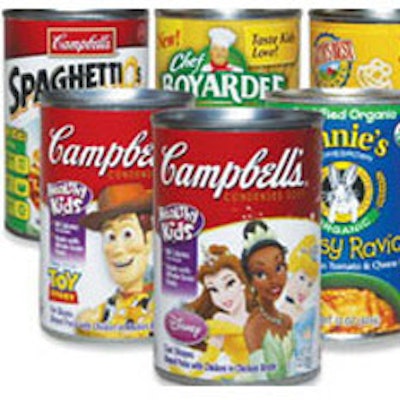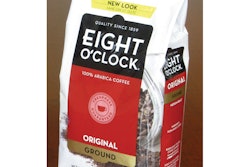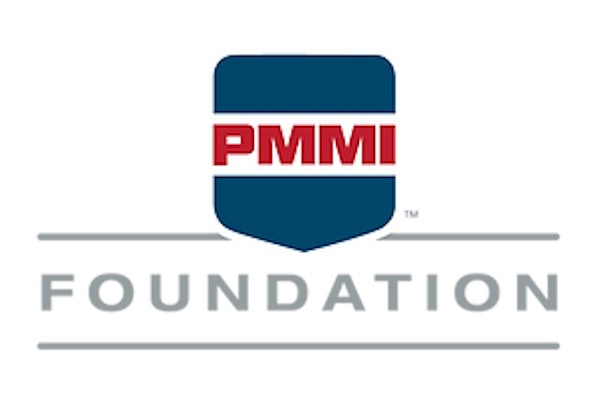
A new report released by the Breast Cancer Fund documents the presence of bisphenol A (BPA) in canned foods marketed to children. Every food sample tested positive for the chemical, with Campbell's Disney Princess and Toy Story soups testing the highest, according to the group.
Says the Breast Cancer Fund, “Exposure to BPA, used to make the epoxy-resin linings of metal food cans, has been linked in lab studies to breast and prostate cancer, infertility, early puberty in girls, type-2 diabetes, obesity, and attention deficit hyperactivity disorder. Childhood exposure is of concern because this endocrine-disrupting chemical can affect children's hormonal systems during development and set the stage for later‐life diseases.”
Says Jeanne Rizzo, president and CEO of the Breast Cancer Fund, "There should be no place for toxic chemicals linked to breast cancer and other serious health problems in our children's food. We hope this report will shine a spotlight on this issue and encourage companies to seek safer alternatives to BPA."
The new report, "BPA in Kids' Canned Food," found BPA in the following canned food products (levels measured in parts per billion, or ppb, average of two samples):
• Campbell's Disney Princess Cool Shapes, Shaped Pasta with Chicken in Chicken Broth 114 ppb
• Campbell's Toy Story Fun Shapes, Shaped Pasta with Chicken in Chicken Broth 81 ppb
• Earth's Best Organic Elmo Noodlemania Soup, USDA Organic 38 ppb
• Annie's Homegrown Cheesy Ravioli, USDA Organic 31 ppb
• Chef Boyardee Whole Grain Pasta, Mini ABC's & 123's with Meatballs 20 ppb
• Campbell's Spaghettios with Meatballs 13 ppb
"In all of these products—but particularly in the Campbell's Disney Princess and Toy Story soups—a child-sized serving could result in BPA exposure at a level of concern," says Gretchen Lee Salter, policy manager at the Breast Cancer Fund. "Consider the number of servings of canned foods—soups, pastas, vegetables, fruits—that a child eats in a week, in a year, and then throughout her developing years, and you start to see the urgency of getting BPA out of food cans."
The Breast Cancer Fund also says that research has uncovered a relationship between household income and BPA exposure, showing that people with the highest BPA exposure are from the lowest income groups. This data may be attributed to the fact that canned foods are usually cheaper, last longer, and are more readily available in low-income neighborhoods than fresh foods, the group surmises.
In response to these findings, the Breast Cancer Fund is launching a "Cans Not Cancer" campaign, urging manufacturers to replace BPA with safer alternatives. As part of the campaign, the group offers sample consumer letters to Campbell's and other companies.
"Every day, children are being exposed to BPA through canned foods marketed to them using slick advertising and their favorite characters," says Salter. "The Breast Cancer Fund's Cans Not Cancer campaign is about our health, our children's health, and a safer future where breast cancer rates have dropped because we've reduced our exposure to toxic chemicals."
Some canned food companies are already switching to a BPA-free can liner or changing their food packaging altogether, says the Breast Cancer Fund. At the public policy level, 10 states have restricted BPA in infant food containers. While these laws do not cover the kinds of canned foods tested in this study, they send a strong signal to the marketplace that states are taking action to protect children from harmful chemicals in food packaging. In addition, the Breast Cancer Fund is supporting pending federal legislation authored by Rep. Ed Markey, D-Mass., that would ban BPA from all food and beverage containers.
























